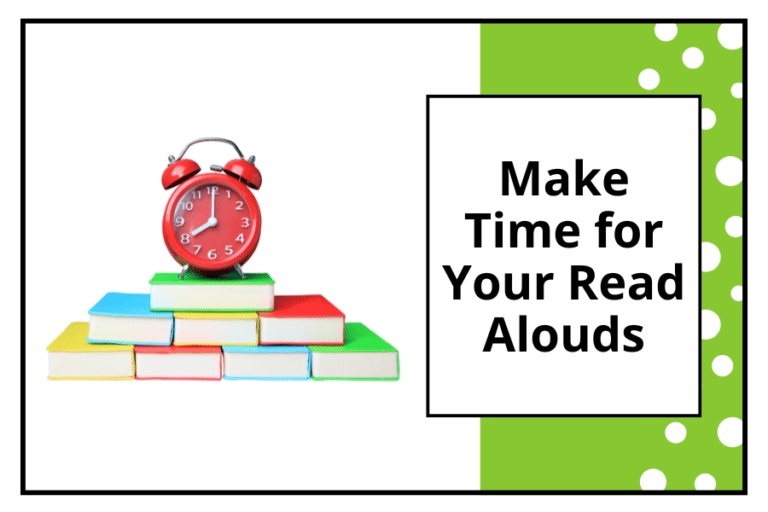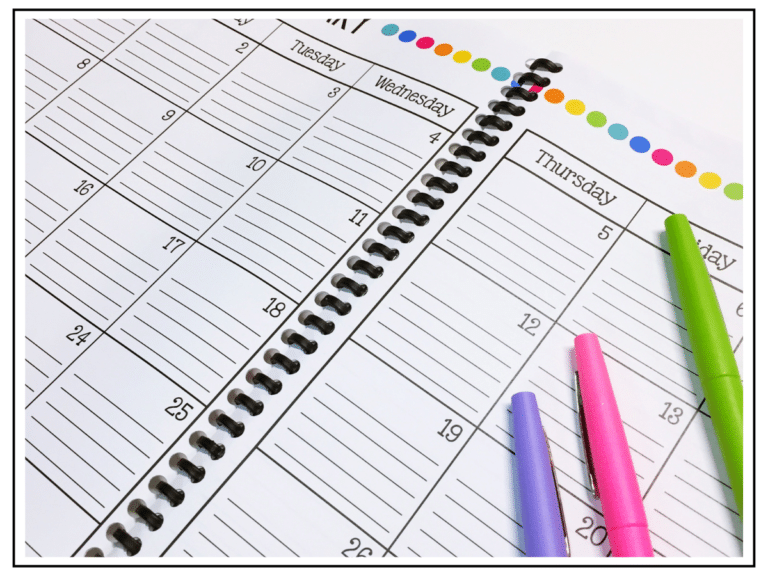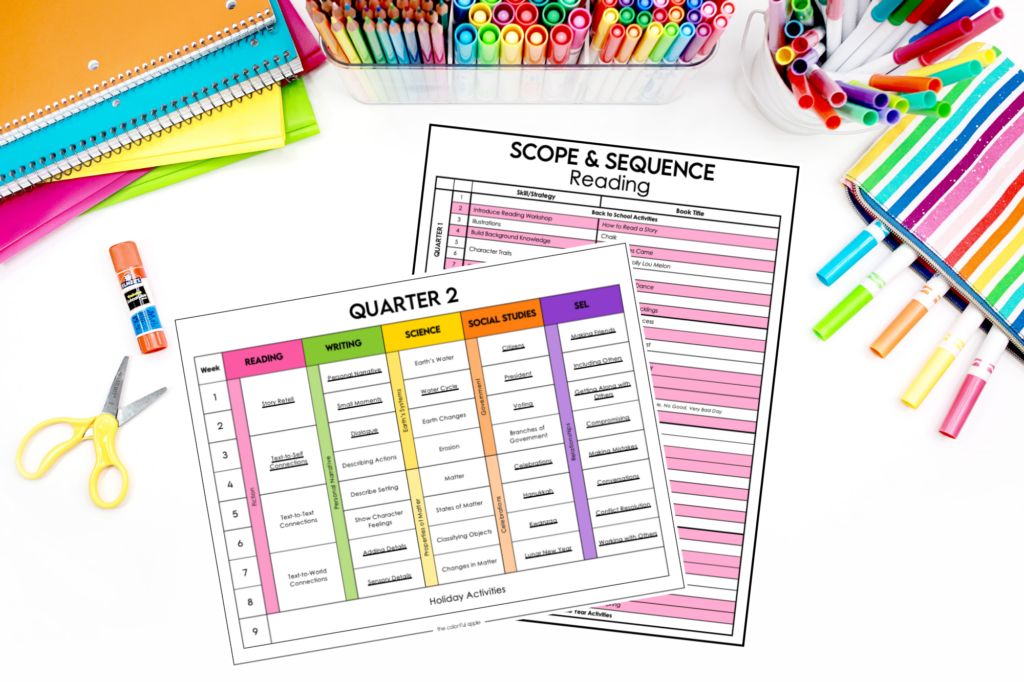
Picture this: it’s almost 3:00 PM, you’re racing through your lesson plans, and suddenly you realize you haven’t done your read aloud today. Again. That sinking feeling hits your stomach because you know just how powerful read alouds can be, but somehow they keep getting pushed aside. If this sounds familiar, you’re not alone. Let’s talk about how we can make more time for read alouds.
Understanding the Challenge
Teachers face overwhelming demands in modern classrooms. You’re dealing with constant administrative requirements that seem to eat up every minute of your day. There’s that relentless pressure to stick to scripted curricula and rigid pacing guides. Many of you have shared with me the guilt you feel when choosing between read alouds and other required elements. Add to that the fear of unannounced observations during read aloud time and limited planning time, and it’s no wonder read alouds sometimes get pushed aside.
Make Time for Read Alouds - The Secret to Success
Here’s the game-changer: stop thinking about read alouds as “one more thing” and start seeing them as powerful multipurpose teaching tools. While you’re doing a read aloud, you can cover multiple curriculum standards simultaneously:
- Use character dialogue to teach quotation marks
- Practice vocabulary in context through think alouds
- Model fluency while reading
- Demonstrate comprehension strategies in real time
- Incorporate math concepts like counting, graphing, and patterns
Cross-Curricular Integration
Picture books are incredible for integrating science and social studies into your day. During historical units, use biographies to bring historical figures to life. When introducing science concepts, nature-themed books create the perfect foundation for understanding. Stories about communities support your social studies standards, while cultural stories help build global awareness. Don’t forget how problem-solving stories can connect wonderfully to your STEM curriculum.

Natural Language Instruction
Vocabulary and grammar instruction can flow naturally during your read alouds. Start by previewing key vocabulary before reading. As you move through the story, pause at rich vocabulary moments to deepen understanding. Use mentor sentences from the text to teach grammar patterns. You can even create word walls featuring language from your read aloud books, giving students a visual reminder of their learning.
Making It Work in Your Schedule
Finding your optimal read aloud time is crucial. Right after lunch or recess can be perfect when students need to reset and refocus. Some teachers love starting the day with a read aloud to set the tone. If you’re really pressed for time, consider using snack time for reading. Those transition times between subjects are golden opportunities for quick reads. You might even split your read alouds into smaller chunks throughout the day.

Planning for Interruptions
We all know interruptions happen, so let’s plan for them:
- Keep a collection of five-minute picture books on hand
- Use sticky notes to mark potential stopping points in longer books
- Create a special signal with your students for quick transitions back to the story
- Have partner discussion prompts ready if you need to step away
- Keep digital versions of books accessible as backup
Building Strong Routines
Establish consistent seating arrangements that allow for quick transitions. Use silent signals for managing inevitable interruptions. Assign student jobs to help with setup and materials. Create a visual schedule that shows read aloud as a fixed part of your day. Set clear expectations for transitions to and from your read aloud space.
Time-Saving Planning Tips
My favorite planning hack? Do your Sunday prep of the week’s read aloud stack – it’s a game changer. Place sticky notes with questions in books ahead of time (if you’ve been around for a while, you know that’s my favorite trick!). Keep standing book lists for different curriculum topics ready to go and maintain a digital folder of extension activities for those moments when you need them.
Start Small and Build
Choose one consistent time slot and protect it fiercely. Build solid routines before adding more read aloud moments to your day. Document the impact with simple systems that don’t overwhelm you and share your successes with administrators to build support. Then gradually expand your protected read aloud times as you find what works best for your classroom.
Want more ideas? Connect with me on Instagram @thecolorfulapple where I share weekly book recommendations and classroom tips. I’d love to hear your creative solutions for building your classroom library too!
This Week's Book Recommendations
At the end of each podcast episode, I’ll be sharing picture books that I’m loving that week! This week, I have a collection of Valentine’s Day books:
FREEBIE for you!
- Over 180 book titles to ignite young minds!
- A weekly scope and sequence, so you know exactly what to read each week. ️
- The perfect texts to support the skills you’re teaching
